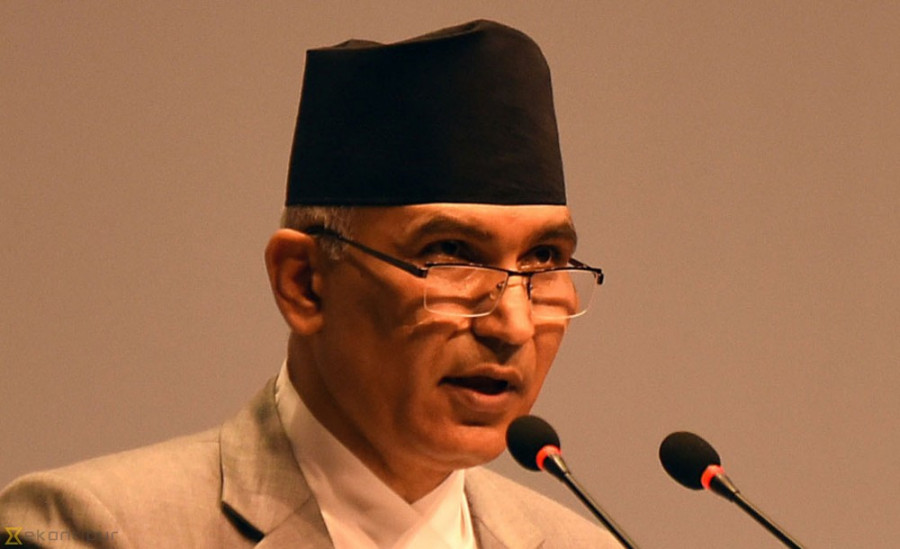Nepal’s Budget Just Made Green Hydrogen Tax-Free—But Is It Too Little, Too Late?

Kathmandu — Presenting the national budget for the fiscal year 2081/82 in the joint session of the Federal Parliament yesterday, Finance Minister Bishnu Prasad Poudel laid out a vision of “clean energy-driven development” that places renewable energy and green hydrogen into the national spotlight for the first time. While the budget broadly aims to stimulate economic recovery, expand infrastructure, and support social sectors, its provisions for the energy sector—especially clean and green energy—have attracted both appreciation and critical scrutiny.
Historic Recognition of Green Hydrogen
In a first for Nepal, the budget has formally acknowledged green hydrogen as a strategic energy solution. The government has announced a complete customs duty waiver and a five-year income tax exemption for the import and production of green hydrogen equipment. This move is widely seen as a foundational policy shift that opens the door for private investment in Nepal’s green hydrogen ecosystem.
Energy experts have welcomed the move, noting that it signals Nepal’s entry into the global clean energy transition. However, critics argue that the government fell short of prioritizing green hydrogen-based fertilizer production, despite the country’s severe fertilizer shortages and the vast export potential of green hydrogen and green ammonia. “For a country facing recurring fertilizer crises and aspiring to be an energy exporter, green hydrogen should have been placed front and center,” remarked a former energy ministry advisor.
Hydropower Still Dominates the Energy Vision
Despite the new emphasis on hydrogen, hydropower remains the backbone of Nepal’s energy strategy. The budget outlines plans to add 900 MW of electricity to the national grid and increase per capita energy consumption to 450 units. Priority has been given to several key reservoir-based hydro projects including Dudhkoshi, Budhigandaki, Arun IV, and Nalsingh Gad, with new commitments to begin construction.
Nepal Electricity Authority will be tasked with completing pending transmission lines and substations to ensure domestic consumption and expand exports. The budget also includes provisions to expand cross-border transmission infrastructure, particularly with India and China, to capitalize on regional electricity trade.
Other Clean Energy Measures
-
Electric Stove Promotion: To reduce reliance on imported LPG, the government has committed to expand the use of electric cooking appliances, including through pilot programs in seven cities.
-
Complete Rural Electrification: The government aims to fully electrify rural areas within the next two years.
-
Energy Storage Systems: Provisions have been made to support battery storage integration for solar and wind energy, enabling stability in the national grid.
-
Private Sector Mobilization: The budget encourages private investment in renewable energy, with special emphasis on solar, wind, and small hydropower projects.
Investment Environment: A Starting Point for Green Hydrogen
Though Nepal’s green hydrogen journey has just begun, the inclusion of tax incentives in the national budget is a welcome foundation. The government has now laid the first institutional brick for attracting both domestic and foreign investment. What remains to be seen is whether this political commitment can be converted into a functional production ecosystem—with policy continuity, clear implementation roadmaps, and strategic partnerships, especially in sectors like fertilizer manufacturing and export.
As Nepal begins to take steps toward energy transition, this year’s budget may be remembered as the moment green hydrogen officially entered the national agenda. The challenge now is to ensure that this promise does not remain on paper.




![From Kathmandu to the World: How Excel Students Are Winning Big [Admission Open]](https://nepalaaja.com/img/70194/medium/excel-college-info-eng-nep-2342.jpg)
